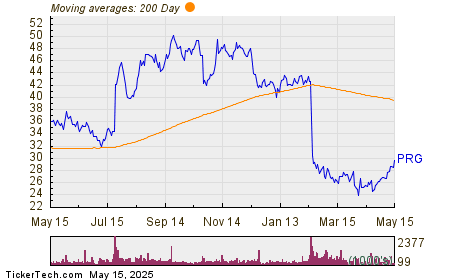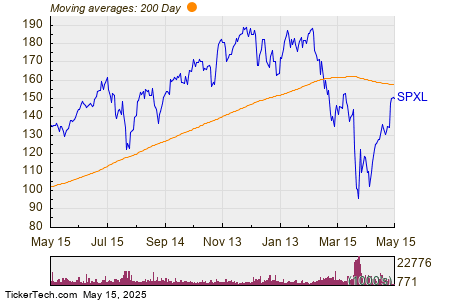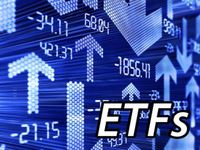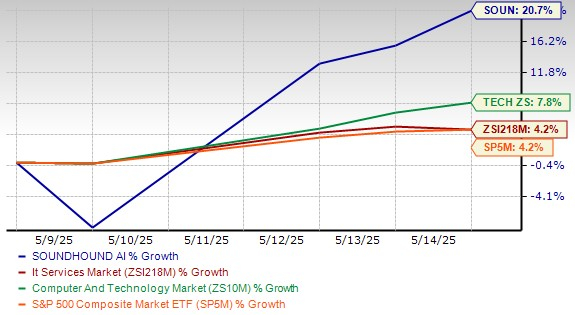Dollar Index Recovers Amid Trade and Inflation Speculation
The dollar index (DXY00) climbed by +0.06% on Wednesday, bouncing back from early losses to achieve modest gains. Short covering played a key role in driving the dollar higher after Fed Vice Chair Jefferson noted that inflation could rise due to US tariff policies. Additionally, the dollar rebounded following a Bloomberg report indicating that US officials negotiating global trade deals are not planning to include currency policy commitments. Higher Treasury note yields on Wednesday also provided support for the dollar.
Initially, the dollar slipped after reports emerged that US and South Korean governments discussed currency policies earlier this month. This speculation suggested that the Trump administration might be open to a weaker dollar, potentially incorporating exchange rates into future trade discussions. Administration officials, including President Trump, have previously commented that weaker Asian currencies provide unfair advantages to regional exporters over US competitors.
Fed Vice Chair Jefferson has lowered his 2025 US growth forecast but still anticipates economic expansion. He remarked, “If the increase in tariffs announced so far are sustained, they are likely to interrupt progress on disinflation and generate at least a temporary rise in inflation.”
Currently, the markets are pricing in an 8% probability of a -25 basis point rate cut following the upcoming June 17-18 FOMC meeting.
Euro and Yen Movements
The EUR/USD (^EURUSD) pair fell by -0.08% on Wednesday. After an initial uptick, the euro slipped as the dollar regained strength. The euro had briefly gained traction due to the 10-year German bund yield reaching a one-month high, enhancing the euro’s interest rate appeal.
Concerns over trade relations between the US and EU continue to restrict euro gains. President Trump recently stated that the EU is “nastier than China” in its trade negotiations. Treasury Secretary Bessent also indicated that the EU faces a “collective action problem” hampering the progress of trade talks, suggesting that discussions could be slower than anticipated.
Swaps indicate an 86% likelihood of a -25 basis point rate cut by the European Central Bank at its June 5 policy meeting.
Meanwhile, USD/JPY (^USDJPY) dropped by -0.49% on Wednesday as the yen appreciated against the dollar. Speculation that President Trump favors a weaker dollar contributed to this movement after discussions on currency policy were reported between US and South Korean officials. Additionally, the yen received a boost from insights shared during the April 30-May 1 BOJ meeting summary, emphasizing a commitment to raise interest rates.
Despite early gains, the yen retreated from its highs as T-note yields increased. The dollar’s recovery and reports that US trade negotiators are not pursuing a weaker dollar contributed to this shift.
In Japan, the April PPI moderated to +4.0% year-over-year from +4.3% in March, aligning with market expectations.
Precious Metals Decline
June gold (GCM25) closed down -59.50 (-1.83%) while July silver (SIN25) fell -0.656 (-1.98%). Precious metals settled sharply lower, with gold reaching a five-week low. Fund liquidation of long gold positions weighed heavily on prices, particularly due to the easing of US-China trade tensions, which saw a recent agreement to reduce tariffs on each other’s goods. Higher global bond yields added to the downward pressure on precious metals.
Additionally, a decrease in global geopolitical risks has negatively impacted precious metals. Recent developments, including an immediate ceasefire agreement between India and Pakistan, and Ukrainian President Zelenskiy’s plans to negotiate with Russian President Putin in Istanbul, further reduced safe-haven demand for these assets.
However, rising inflation expectations could potentially boost gold demand as an inflation hedge, highlighted by the US 10-year breakeven inflation rate reaching a six-week high on Wednesday. Geopolitical risks in the Middle East, such as the ongoing Israel-Hamas conflict and Israel’s airstrike on Houthi rebels in Yemen, continue to fuel safe-haven interest in precious metals.
On the date of publication, Rich Asplund did not have (either directly or indirectly) positions in any of the securities mentioned in this article. All information and data in this article is solely for informational purposes. For more information, please view the Barchart Disclosure Policy
here.
The views and opinions expressed herein are the views and opinions of the author and do not necessarily reflect those of Nasdaq, Inc.





